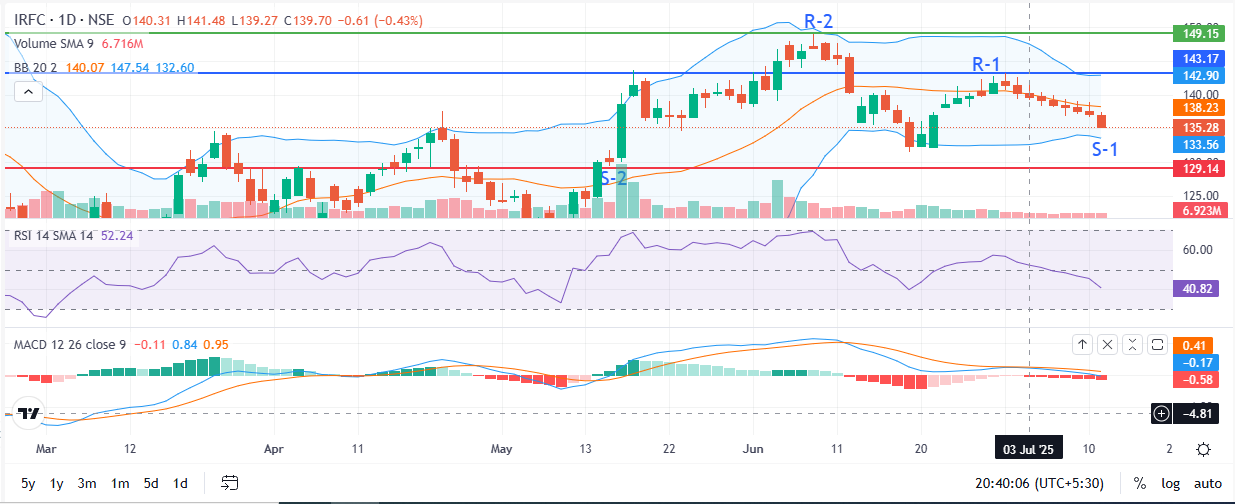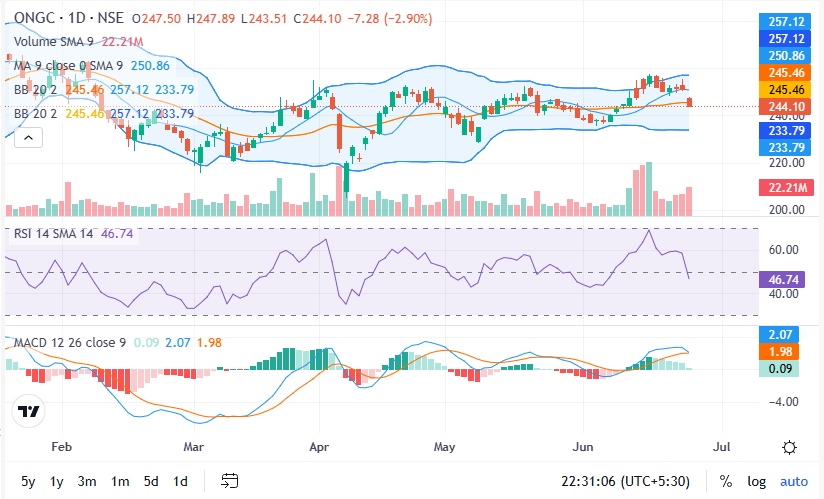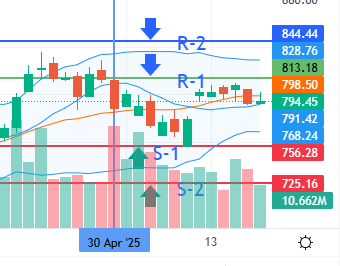Overview
One dilemma that frequently comes up while attempting to understand the Indian stock market is whether to depend on technical or fundamental analysis. The discussion of finance and investment strategies is dominated by these two market research pillars. However, which is more effective in the Indian context?
Although the goal of both strategies is to assist investors in making well-informed choices regarding equity shares, there are notable differences between their methods and ideal use cases. The advantages and disadvantages of each approach are examined in this article to assist you in selecting the one that best fits your investment style.
Knowing the Fundamentals
🧮 Analytical Foundations
This method assesses a stock’s intrinsic worth by looking at its market position, business model, financial standing, and economic aspects. It entails researching:
Profit margins, revenue, and earnings
Cash flows and balance sheets
Macroeconomic conditions and industry trends
Corporate governance and management quality
The goal of fundamental analysis, which is popular with long-term investors like Warren Buffett, is to find cheap stocks that have room to develop.
Technical Evaluation
Instead of concentrating on financials, this approach looks at price changes and trading volumes. It assumes that the stock price already considers all known fundamentals.
Tools used by technical analysts include:
- Candlestick charts
- Moving averages
- RSI (Relative Strength Index)
- Bollinger Bands
- Support and resistance levels
Traders primarily use it for chances that are short- to medium-term.
Important Distinctions Between Technical and Fundamental Analysis
| Aspect | Fundamental Analysis | Technical Analysis |
| Focus | Company financials & value | Price trends & patterns |
| Time Horizon | Long-term | Short- to medium-term |
| Tools Used | Ratios, statements, macro indicators | Charts, indicators, oscillators |
| User Type | Investors | Traders |
| Data Dependency | Quarterly/annual reports | Real-time market data |
| Risk Management | Based on long-term business outlook | Based on stop-loss and risk/reward ratios |
What’s the Process in the Indian Market for These?
India’s Fundamental Analysis
India’s economy is expanding, and a few industries, including IT, finance, fast-moving consumer goods, and renewable energy, have promising futures. Investors that stayed true to their principles have been rewarded by companies such as Asian Paints, Infosys, and HDFC Bank.
Advantages:
✅ Perfect for generating long-term wealth
✅ Aids in locating multi-bagger stock shares
✅ beneficial for investing in tax-efficient ways (LTCG)
Drawbacks:
❌ Extensive research
❌ Irrationality in the market might postpone benefits.
India’s Technical Analysis
Price movements frequently follow predictable cycles due to India’s high level of retail participation and emotional investing habits. Technical setups are commonly used by short-term traders to capitalize on momentum in equities such as Tata Steel, Zomato, or Adani Enterprises.
Advantages:
✅ Easy access and departure
✅ Excellent for stocks that are erratic or susceptible to news
✅ There’s no need to monitor business basics every day.
Cons:
❌ Does not take into consideration the foundations of the company
❌Use without discipline carries a high risk
❌ Regular trading expenses may reduce earnings.
Which Do You Find to Be More Effective?
Your time commitment, risk tolerance, and investing objectives all play a role.
Select fundamental analysis if you want to generate money over the long run.
You think that economic cycles and company growth are real.
You favor decisions that are high conviction and low frequency.
You can wait for market realization with patience.
Select technical analysis if you are an active investor or trader.
You thrive on short-term opportunities and market timing.
You might set aside time each day to examine pricing charts.
You are quite disciplined when it comes to stop-losses.
Real-World Illustration
Suppose you are assessing Infosys:
Basic Approach: You will examine Infosys’ clientele, industry prospects, digital transformation trends, and profit margins. If it’s cheap compared to its potential for growth, you invest.
Technical Approach: If the stock exhibits a bullish engulfing pattern on the daily chart or breaks a resistance level with high volume, you may decide to buy.
Both strategies may yield benefits, but they do so in different ways and on distinct schedules.
Is It Possible to Combine Both?
Of course. This is known as the Techno-Funda strategy, which uses technical to timing the entry or exit and fundamentals to find attractive stocks.
For example:
Choose a stock that has excellent fundamentals, such as D-Mart.
Await technical validation (breakout, support bounce).
Improve your risk management and conviction before entering the trade.
This hybrid approach is widely used by contemporary investors to balance timing and growth.
⚠️ Typical Errors to Avoid Blindly relying on advice without question
Applying technical analysis to tiny companies with weak fundamentals
Missing opportunities and overanalyzing
disregarding macrotrends (such as interest rates and inflation)
Consistent learning and emotional control are necessary for both kinds of analysis.
🧾 Final Decision
The question of which analysis is more “effective” cannot be answered in a general way. In the market in India:
For long-term investments in equity shares with solid business models, fundamental analysis is preferable.
For short-term trading based on price movement and market sentiment, technical analysis works well.
The most successful investors frequently utilize techniques to plan their entry and exit positions after using fundamentals to identify quality equities. You may participate in the Indian finance ecosystem more intelligently if you comprehend both.
Disclaimer:
This article is for informational and educational purposes only and does not constitute financial advice. Investing in the stock market involves risks, and readers should do their own research or consult a qualified financial advisor before making any investment decisions. The views expressed are those of the author and may not reflect the opinions of this blog or its affiliates.




